#strigiformes
Text
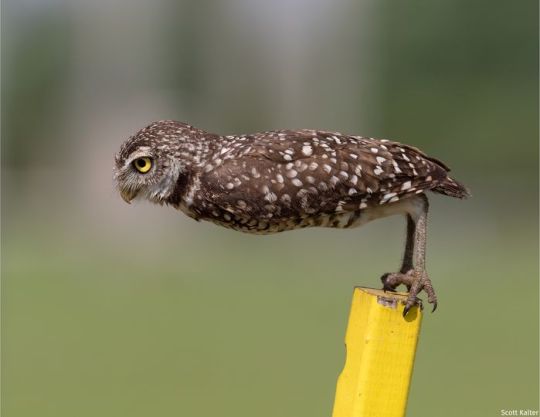
Florida Burrowing Owl (Athene cunicularia floridana) taking off, family Strigidae, order Strigiformes, southern FL, USA
photograph by Scott Kalter
13K notes
·
View notes
Text

A barn owl (Tyto alba) perches in the trees in Stirling Ranges, Western Australia
by John Anderson
#barn owl#owls#raptors#birds#tyto alba#tyto#tytonidae#strigiformes#aves#chordata#wildlife: australia#wildlife: oceania
4K notes
·
View notes
Text
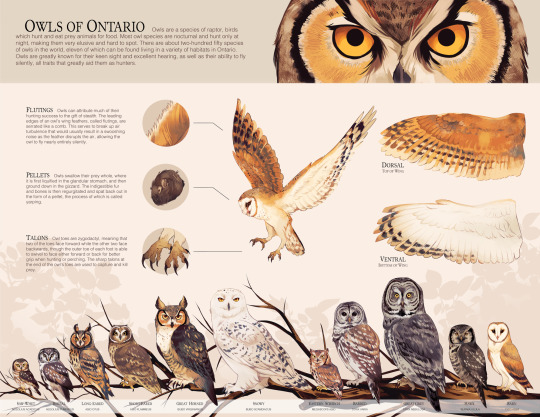
Owl infographic from last year!
#poks art#owls#birds#infographic#information illustration#pokituu#solytuu#strigiformes#strigidae#tytonidae#ontario#wildlife
1K notes
·
View notes
Photo
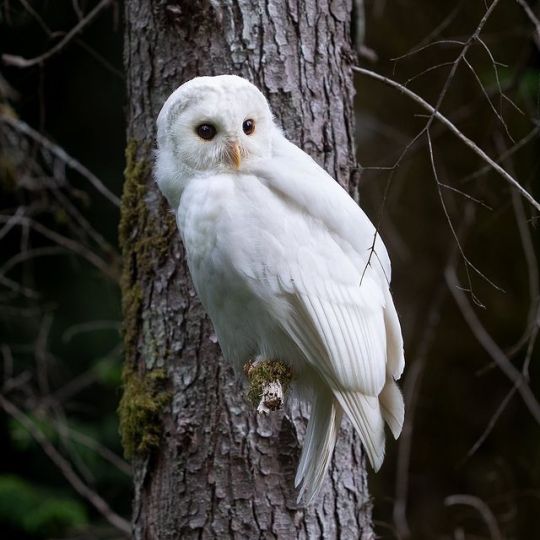
Leucistic Barred Owl
5K notes
·
View notes
Text
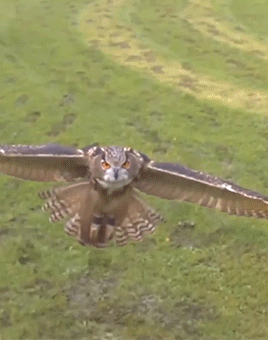
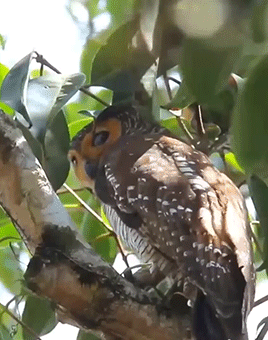


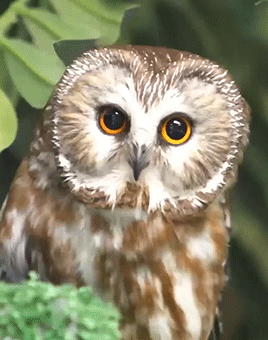
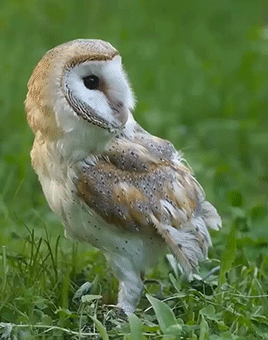


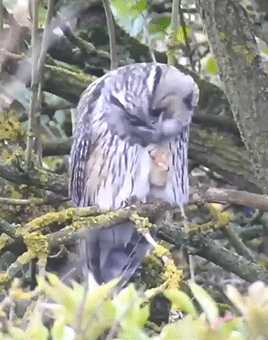

🦉 owls 🦉
716 notes
·
View notes
Text

Day 6 of January extinct birds - the laughing owl / whēkau
Another NZ bird. The name came from the owl's calls, one of which has been described as a “prolonged cack-cack-cack”. When the arrival of indigenous people brought the pacific black rat and bird extinctions to NZ, the rat became a big part of the owl's diet. The rats, humans and adaptive owls were coexisting pretty well in parts of NZ until people brought weasels and stoats to control rabbit populations. Surprise, the mustelids didn't do much to control rabbits, and instead caused (and is causing!) many problems for native birds.
This will probably be the last NZ bird for January! Famous ones like the haast's eagle and moa will have to wait.
#bird of the day#bird art#extinct animals#digital illustration#birds#ornithology#procreate#illustration#owl#strigiformes
411 notes
·
View notes
Text
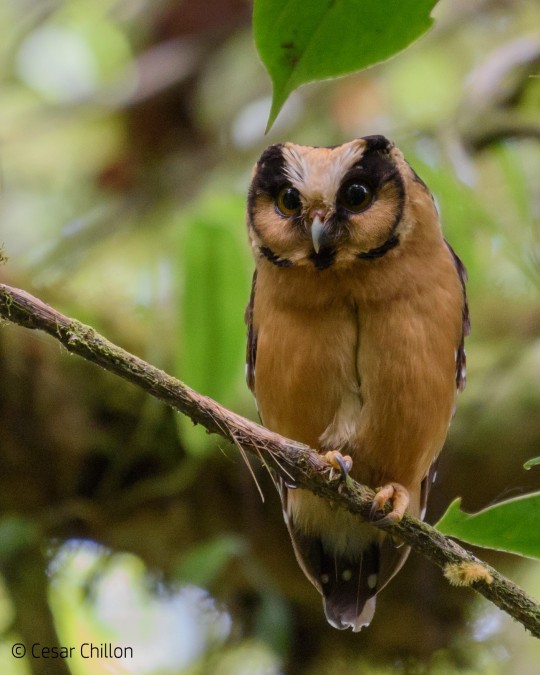
[1893/10977] Buff-fronted owl - Aegolius harrisii
Order: Strigiformes (owls)
Family: Strigidae (true owls)
Photo credit: Cesar Gustavo Chillon Solano via Macaulay Library
660 notes
·
View notes
Photo

more strigiformes (owl) studies!!! ✨🦉
#my art#traditional art#digitally colored#owls#owl#strigiformes#barn owl#tyto alba#great horned owl#elf owl#long eared owl#snowy owl#sooty owl#whiskered screech owl#ahem----#ezylryb#guardians of ga'hoole#life study
2K notes
·
View notes
Text

When owls find their way onto isolated islands lacking any terrestrial predators, they have a tendency to take up that role for themselves – evolving longer legs and shorter wings, and specializing more towards hunting on foot. From New Zealand to Hawaii to the Caribbean to the Mediterranean to Macaronesia, leggy island ground-owls have independently happened over and over again in the last few million years—
—And, unfortunately, they've all also become victims of the Holocene extinction, their fragile island ecosystems too easily disrupted by human activity and the arrival of invasive species.
The São Miguel scops owl (Otus frutuosoi) was found only in the Azores on São Miguel Island. About 18cm tall (~7"), it was slightly smaller than its relative the Eurasian scops owl, with longer legs, a wider body, and much shorter wings.
Its wing proportions indicate it would have been a poor flyer, instead primarily hunting on foot in the dense laurisilva forests. Since there were no terrestrial mammals or reptiles on São Miguel at the time, its diet probably mainly consisted of insects and other invertebrates – and it would have in turn been the potential prey of larger predatory birds like buzzards and long-eared owls.
All currently known subfossil remains of the São Miguel scops owl date only from the Holocene, between about 50 BCE and 125 CE. It's likely that it was extinct by the 1400s, following the settlement of humans in the Azores, destruction of its forest habitat, and the introduction of rodents, cats, and weasels.
———
NixIllustration.com | Tumblr | Twitter | Patreon
#science illustration#paleontology#paleoart#palaeoblr#são miguel scops owl#otus frutuosoi#strigidae#true owl#strigiformes#owl#bird#dinosaur#art#azores#convergent evolution#a superb owl
698 notes
·
View notes
Text

Great horned owl!
[ID: an illustration of a great horned owl perched on a maple branch with its wings and tail outstretched. It’s expression is stern and it is on a blue background with maple leaves. end.]
485 notes
·
View notes
Text
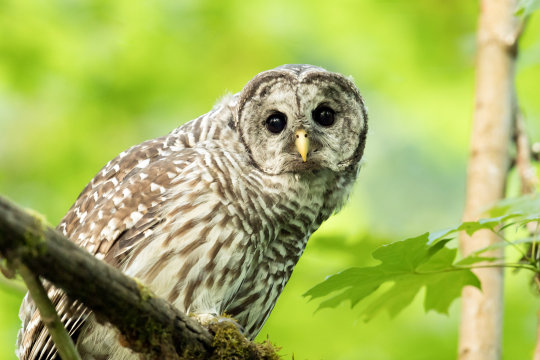
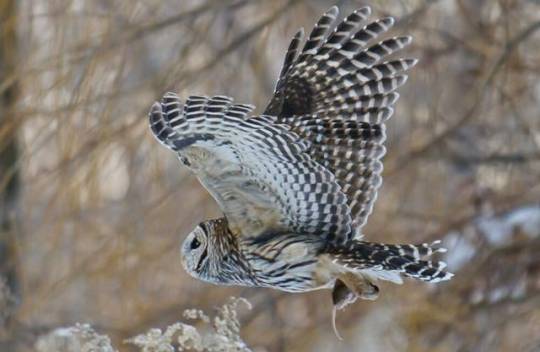

The Basics on the Barred Owl
Strix varia goes by many names: the barred owl, the northern barred owl, the striped owl, the hoot owl, the eight-hooter owl, or the who-cooks-for-you owl. The last few names refer to the owl's distinctive hooting call, which is often followed by what is often described as 'maniacal laughter'. The barred owl is native to the old-growth deciduous and coniferous forests of eastern North America, though in recent decades the species' range has expanded across the Rocky Mountains into the Pacific Northwest.
The striped owl can be hard to spot, due to its white and brown plumage. The back and wings are brown with white barring, while the chest is dull white or gray with brown streaks. The face is surrounded by a gray-white disk and framed with a brown mask. This coloration allows the barred owl to blend in seamlessly with the upper forest canopy where it resides-- although some populations in the southern parts of its range have been known to carry a pink tint due to the amount of shrimp they eat. However, S. varia is not a small birds; adults can be anywhere from 40 to 63 cm (16 to 25 in) in length, with a wingspan of 96 to 125 cm (38 to 49 in), and weigh about 630 g (22.2 oz) on average.
Like most owls, the barred owl is primarily nocturnal, though they can be fairly active during the day. When dormant, they roost in tree hollows or nests abandoned by other birds. At night, adults are active in guarding their territory and hunting for small mammals, birds, reptiles and amphibians, and large arthropods like moths and crayfish. The only natural predator of adult hoot owls is the great horned owl, which will often drive S. varia from their territory. Eggs and nestlings are sometimes prey for raccoons, weasels, and diurnal birds of prey.
S. varia mates for life, and couples are fiercely defensive of their territories and nests. Courtship and territory establishment begins in late winter, and continues from February to April. Males attract mates with their distinctive who-cooks-for-you call, and further entices prospective females with head bobbing and bowing. Together, the pair then establishes a roost and the female lays up to 5 eggs. She alone incubates the clutch for about a month, while the male hunts for her. After hatching, the female continues to care closely for the chicks for another 2-3 weeks, at which time she joins the male in hunting.
Hatchlings quickly become active, and are prone to falling out of the tree, but even at only 4 weeks old they are able to climb back up the trunk. Siblings have been recorded as being tight-knit, often staying close together in the nest and when learning to fly. Fledging begins at about 6 weeks old, and by 10 weeks young are capable of short flights. However, parents continue to provide care to their chicks until they're 6 months old, at which time the young owls leave (or are forced to leave) and establish their own territories. Mortality in barred owls is highest in their first year of life, and once out of this perilous stage individuals may live to be up to 18 years old in the wild.
Conservation status: The barred owl is a common species, and is considered by the IUCN to be Least Concern. The expansion of its range into the Pacific Northwest is considered one of the major causes of the decline of the northern spotted owl.
If you like what I do, consider leaving a tip or buying me a ko-fi!
Photos
Mick Thompson
Hal Thrachtenberg
Mark Musselman
#barred owl#Strigiformes#Strigidae#earless owls#true owls#owls#birds#deciduous forest birds#evergreen forest birds#north america#eastern north america#biology#zoology#ecology#animal facts
151 notes
·
View notes
Text
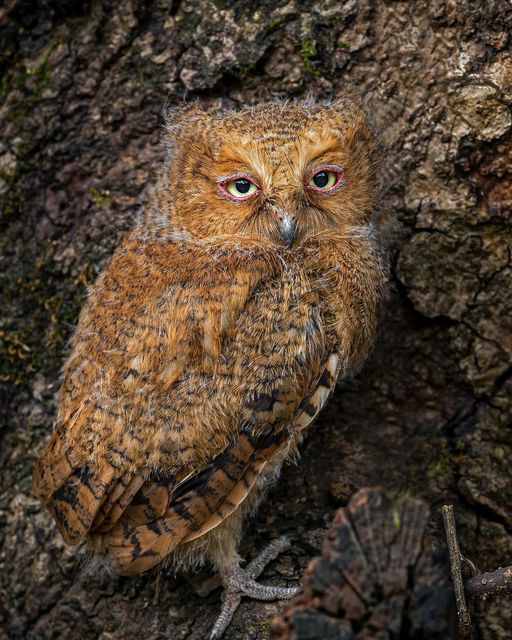
Mountain Scops Owl (Otus spilocephalus), juvenile, family Strigidae, order Strigiformes, Sattal, India
photographs by Khushboo and Rahul Sharma
7K notes
·
View notes
Text

A barn owl (Tyto alba) perches in a tree in Denmark, Western Australia
by John Anderson
#barn owl#owls#raptors#birds#tyto alba#tyto#tytonidae#strigiformes#aves#chordata#wildlife: australia
2K notes
·
View notes
Note
Might I request an Eastern Screech Owl? (Red morph) :3 Good day!
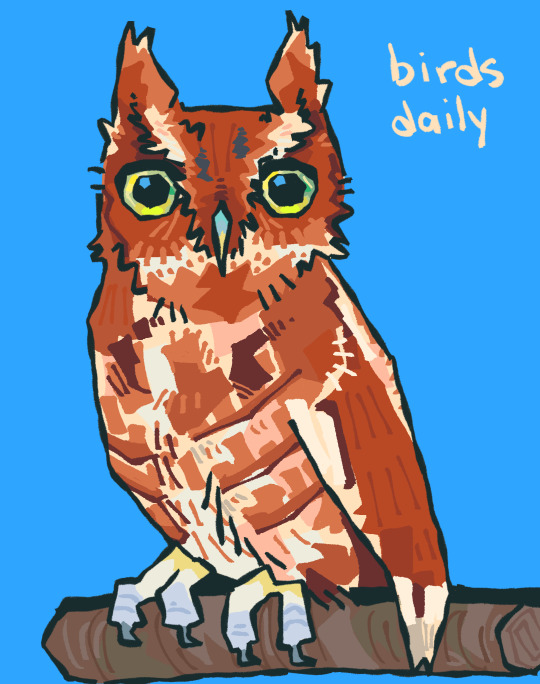
day 26
today's bird is the eastern screech-owl (red/rufous morph)!
- about one third of all eastern screech-owls have this cool rufous color :0)
- they are very small, ranging from 6-10 inches
- they have the most varied diet of any north american owl
144 notes
·
View notes
Photo

Northern Harrier & Snowy Owl
#northern harrier#harrier#Circus hudsonius#Accipitriformes#Accipitridae#Circus#Bubo scandiacus#Strigiformes#Strigidae#Bubo#bird#upl
475 notes
·
View notes
Text


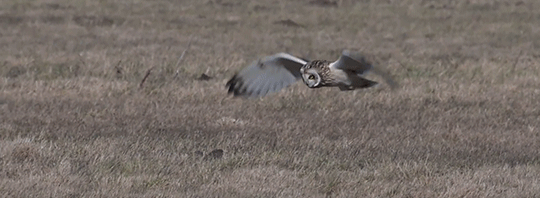
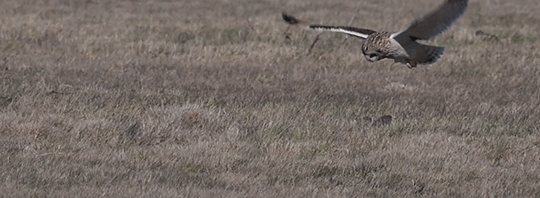
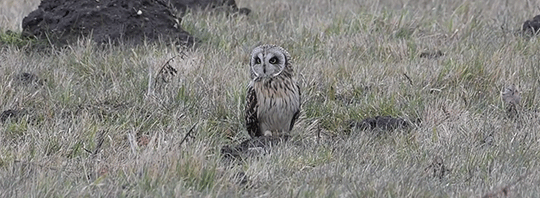
🪶🔥short-eared owl🔥🪶
#short eared owl#owl#bird#birdblr#grasslands#europe#aves#strigiformes#request#as always i'm trusting the source that it's got the species right ^^' but lmk if you think it's smth else!
140 notes
·
View notes